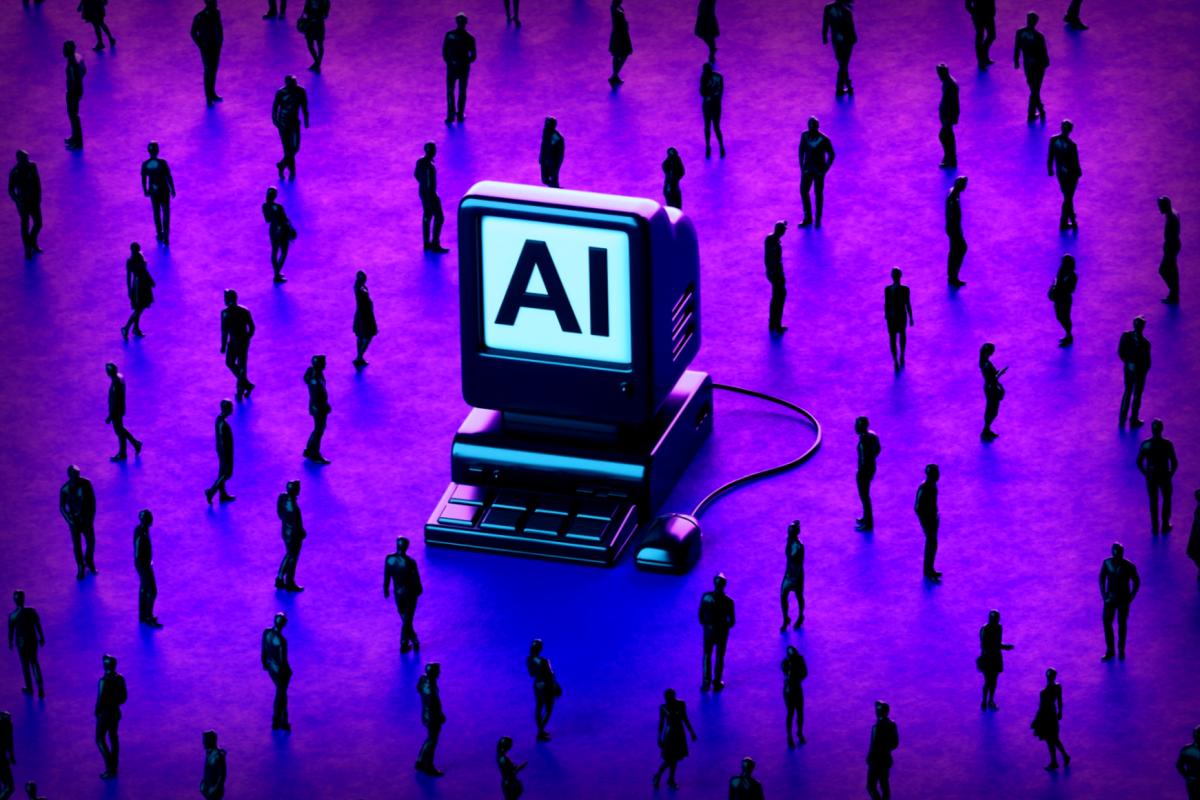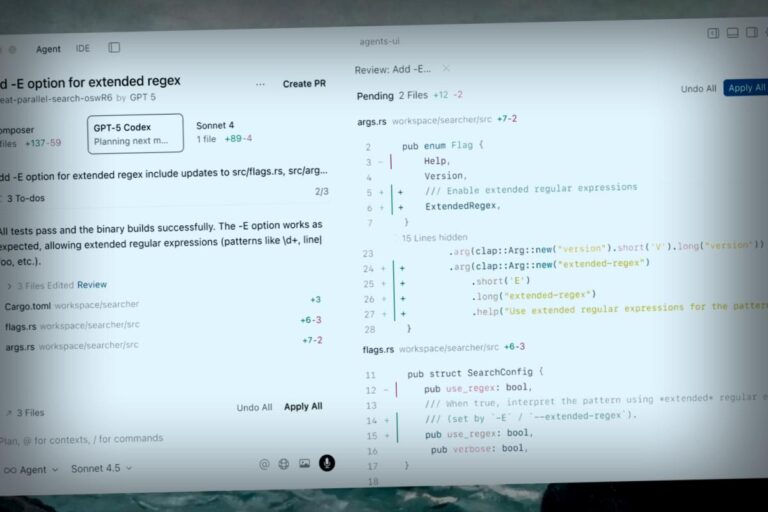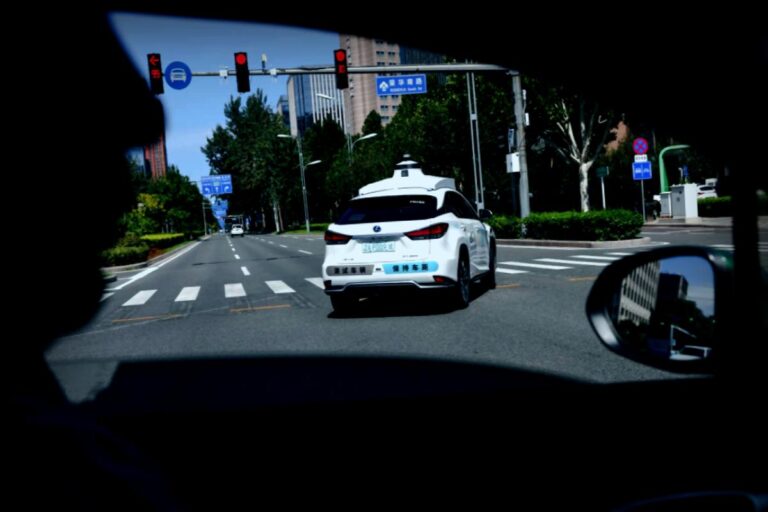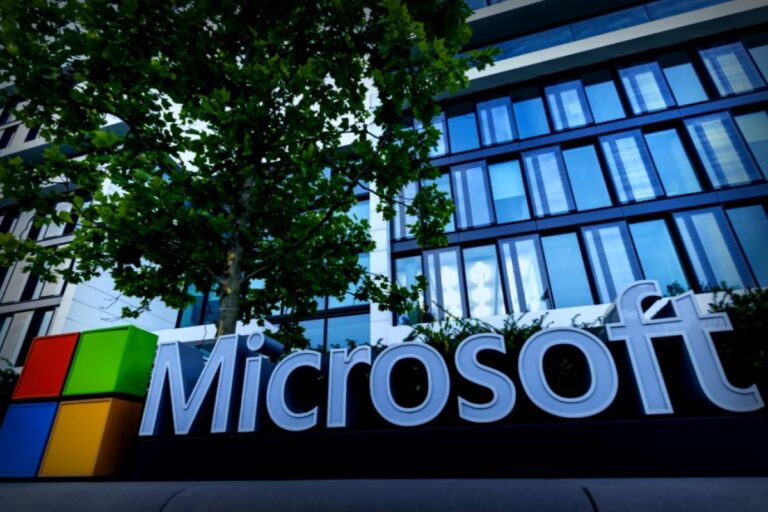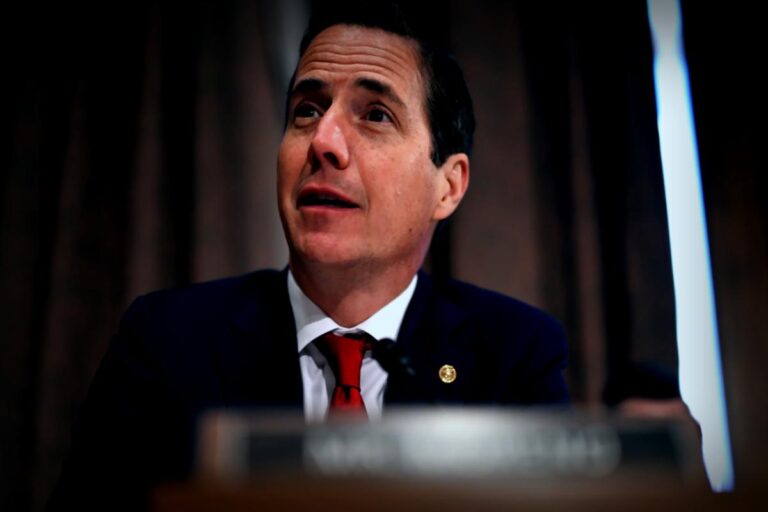The advertising world is buzzing about change, and right now, we’re witnessing a significant shift. A blend of AI technology and hyperlocal targeting is stepping up to tackle a long-standing challenge for marketers.
First off, let’s dive into AI. With all the excitement around it, it’s important to focus on what truly works.
Machine learning has advanced beyond basic audience segmentation. Nowadays, AI is capable of sifting through countless performance signals in real-time, automatically tweaking bids, selecting creative materials, and honing in on the right audience to enhance results throughout the marketing funnel. What once took teams of analysts weeks of work is now being done seamlessly, consistently, and with significantly more accuracy.
Our platform data reflects this trend. Advertisers employing AI-driven click optimization are seeing, on average, a 134% boost in CTR — that’s more than double the clicks over an 11-month period from 2024 to 2025 when compared to traditional CPM bidding methods. Those zeroed in on conversions are enjoying a median improvement of 35% in cost-per-acquisition. These improvements are far from trivial; they mark a major leap in the effectiveness of advertising.
But here’s the kicker: this technology is no longer just for big Fortune 500 names with endless resources. AI is democratizing access to powerful ad tools, allowing even smaller businesses to benefit from cutting-edge machine learning capabilities. Now a local insurance company had the same advantages as a national corporation.
The Power of Context
While AI excels at optimization tasks, it can’t magically whip up relevancy. That’s where hyperlocal context truly shines.
Context goes beyond simple location data; it’s about grasping what’s happening in your audience’s immediate surroundings, their current situations, and their mindset. For example, knowing that someone lives in Chicago is one thing. But understanding that they’re bracing for the season’s first cold front might prompt them to check for a furnace inspection. Similarly, neighborhoods along the Florida coast may be preoccupied with storm preparations while those in Arizona may have entirely different concerns.
Take weather-triggered advertising campaigns, for instance. By using temperature-based marketing, advertisers can tweak their messaging as conditions change in real-time. A coffee shop can promote its hot beverages when the temperature slides below 50 degrees, while a home maintenance service might highlight AC checks when it gets hot. The creatives aren’t manually updated — that’s handled by AI — but it’s the local context that infuses the messages with relevance.
This keen awareness of context not only makes ads less intrusive but turns them into helpful nudges. When your message resonates with what’s happening in someone’s immediate life, engagement spikes not just quantitatively, but qualitatively.
You’re not just vying for their attention; you’re gaining it by providing real value, leading to greater trust.
Where Intelligence Meets Personal Touch
The true magic occurs when you blend the optimization prowess of AI with personalized hyperlocal messaging. This union creates an experience of scale and specificity that was near impossible just a few years back.
Consider an ad that seamlessly integrates neighborhood or city names right into its visuals and text. It may seem simple, but it creates a significant impact because it communicates to consumers that this message was specially tailored for them, not blasted out to millions.
Now, add AI’s optimization capabilities. Machine learning can analyze which neighborhoods favor specific creative variations, which calls to action drive conversions within different communities, and the times that evoke the best responses across various locations. The AI handles all necessary adjustments and optimization far quicker than any human team could, while hyperlocal focus ensures that every glance feels intentional and relevant.
This convergence is also visible in video advertising. On platforms like Nextdoor, more extensive video formats give brands expanded creative liberty, while AI tools can instantly produce relevant text and find licensed images.
A big brand can whip up numerous geo-specific video variations in mere minutes versus days, and let AI manage the optimal distribution to engage across many neighborhoods.
Meaningful Measurements
A less-discussed upside of combining AI with hyperlocal targeting is the richer insights it yields. Targeting down to the neighborhood level while using AI to refine delivery moves you beyond generic performance metrics — you start uncovering how specific communities respond to various messages, which local variables fuel conversions, and how actual conditions play a role in campaign performance.
This leads to a beneficial cycle. Improved data fuels smarter AI applications, which refine targeting further, drawing in insightful feedback that sharper strategies can then leverage. Over time, your advertising doesn’t just get more efficient but evolves towards genuine intelligence, adapting to hold real behavioral trends in real communities.
The Road Ahead
If monitoring current trends means anything, the merger of AI optimization and hyperlocal personalization won’t merely be a slight edge — it’s soon going to be standard operational practice. Brands that refuse to engage with this dynamic will find themselves left in the dust by those who do.
The technology is tried and true, and it’s within reach. What distinguishes leaders from laggards now isn’t just about budget; it’s about the drive to adapt.
For marketers, the query isn’t about whether to employ AI-enhanced hyperlocal advertising. It’s about the pace at which you can shift towards this method and how proficiently you can weave it into your broader advertising agenda.
Finding platforms like Nextdoor, which align high-intent, verified neighbors with geographic precision and AI optimization, will be essential for securing and developing a customer base as we enter a new chapter in ad tech.
Because in the end, advertising has always revolved around connecting with real individuals. AI and hyperlocal targeting don’t alter that core principle — they simply enhance how we do it, and at a speed that translates directly into solid business gains.





